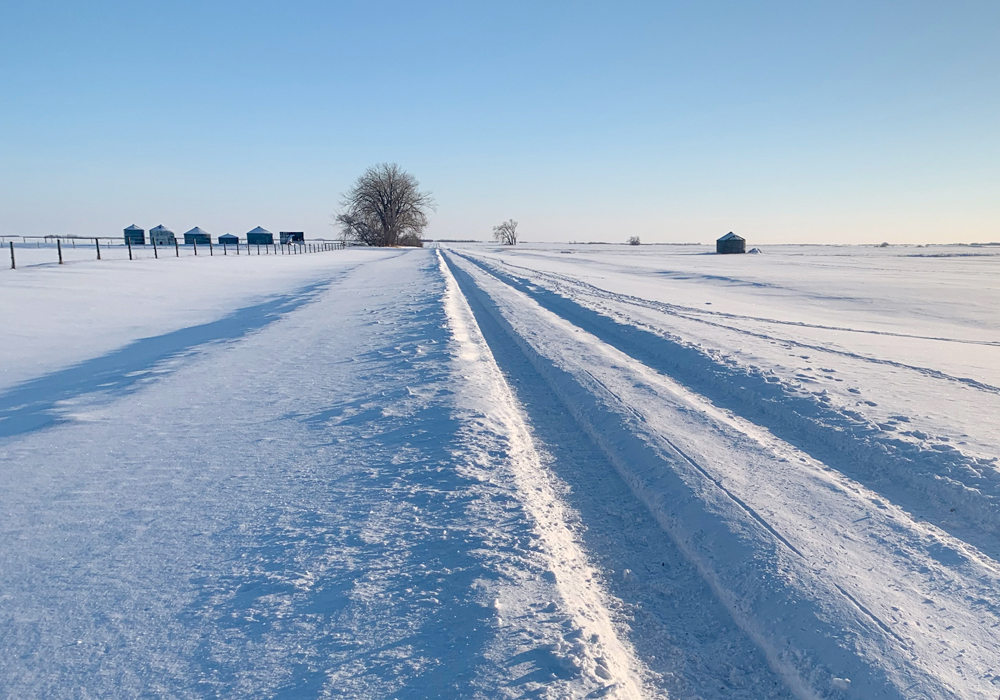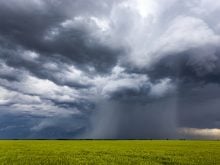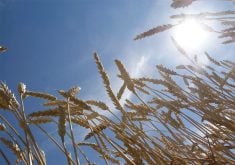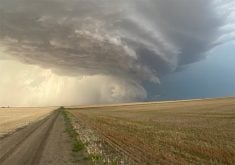It’s time to look at the probability of snow, or how often we should expect snowfall on any given day during the winter. I’ve done this before, but only for my home province of Manitoba.
When it comes to precipitation, there are different periods in which to measure it. You can measure the amount of snow that falls in one day, from midnight to midnight. This is the way precipitation amounts are recorded.
Another way to measure snowfall is to calculate how much fell in a given 24-hour period. To calculate this, you need access to hourly data, which is not readily available.
Read Also
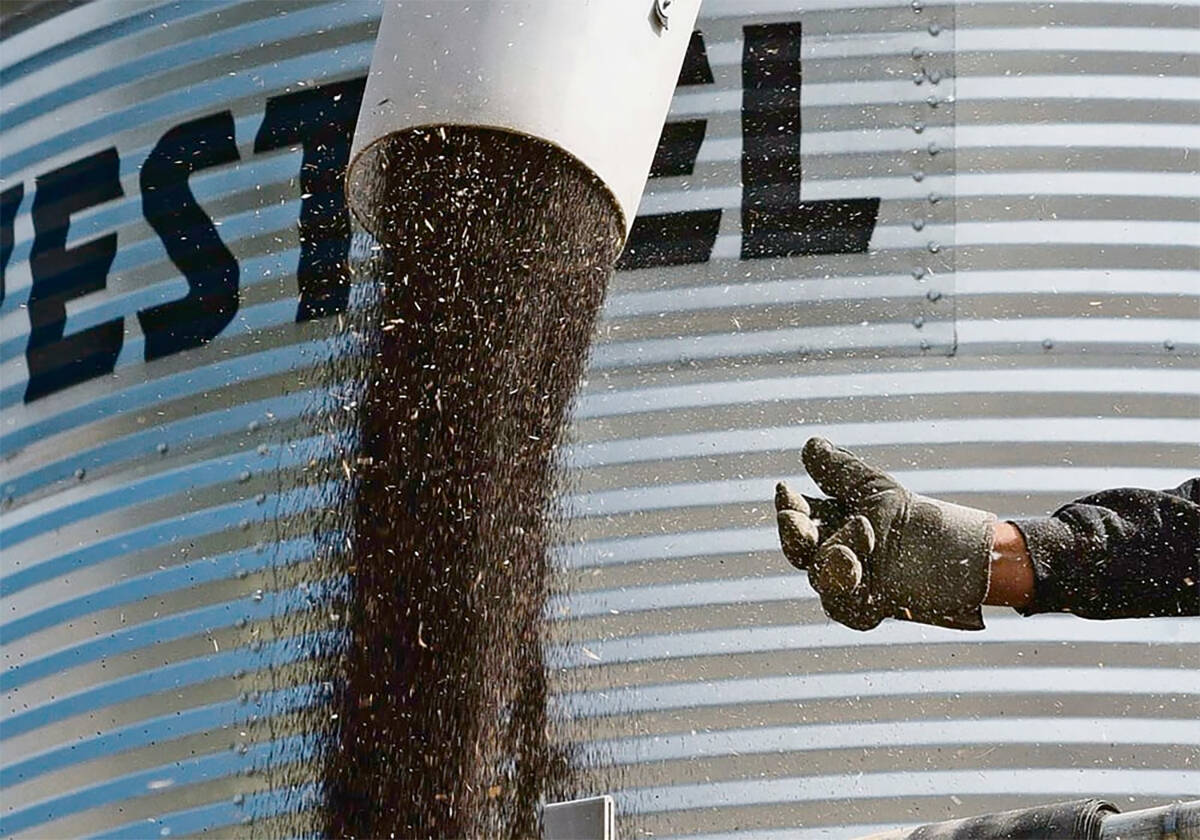
Farmers urged to be grain-safe this fall
Working around grain bins comes with risk, from farmers falling to drowning in grain: Experts have five tips to help avoid grain-related accidents this harvest.
We can measure snowfall a third way by looking at a snow event, when we record snowfall amounts on two or more consecutive days.
Keep in mind that a snowfall day is any day that records snow, no matter how small. When we look at how much snow we can expect to fall during a snowfall day, we find that 90 per cent of the time we can expect 0.2 cm of snow, which basically means a light dusting.
Only about 10 per cent of our snowfalls are a light dusting, which is not really measurable. About 50 per cent of the time, we can expect more than two cm of snow, which means about half the time it snows, we see less than two cm. Lots of people like to argue with me over that one, but that is what the stats show.
If we look at how often to expect five cm or more, we find the probability has fallen to the five to 10 per cent range. That is, if we get 30 snowfall days during the winter, only about three will give us more than five cm of snow.
Looking at higher one-day snowfall amounts, we find that 10 cm or more occurs about once in every 25 snowfall days, which equates to once or maybe twice per winter.
Getting more than 30 cm of snow in one day is extremely rare. The probability is about 0.1 per cent, which means about one in every 1,000 snowfall days, or around once every 20 to 40 years in which we could expect this much snow in a single day. Before you say you can remember several 30 cm dumps of snow, remember these are single day, midnight to midnight stats.
In any given winter, we typically see about 20 snowfall events in which snowfall is recorded on two or more consecutive days. About half the time we could see as many as 28 of these snowfall events, and once in every 100 winters we could experience as many as 40.
As with the one-day snowfall amounts, most of these events only record small amounts of snow. About 90 per cent of the time, we would expect to see 0.5 cm or more and about 50 per cent of the time we would expect to see more than two cm.
If we look at the probability of receiving more than five cm of snow during a snowfall event, we will see that it happens about 30 per cent of the time. At 10 cm or more, probability drops to about 10 per cent, or around twice per winter.
How often should we expect to see big storms with more than 30 cm of snow? According to my probabilities, it would be about one in every 200 snowfall events or about once every 10 years.
Daniel Bezte is a teacher by profession with a BA in geography, specializing in climatology, from the University of Winnipeg. He operates a computerized weather station near Birds Hill Park, Man. Contact him at dmgbezte@gmail.com.


